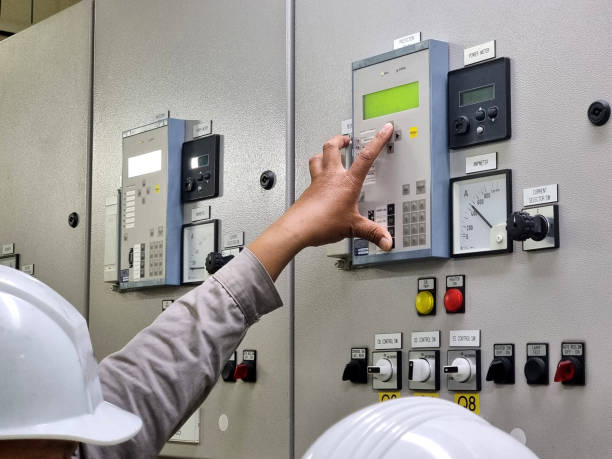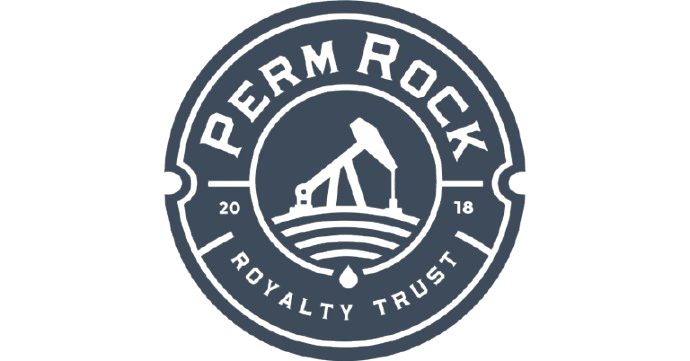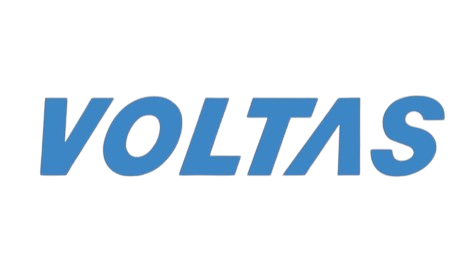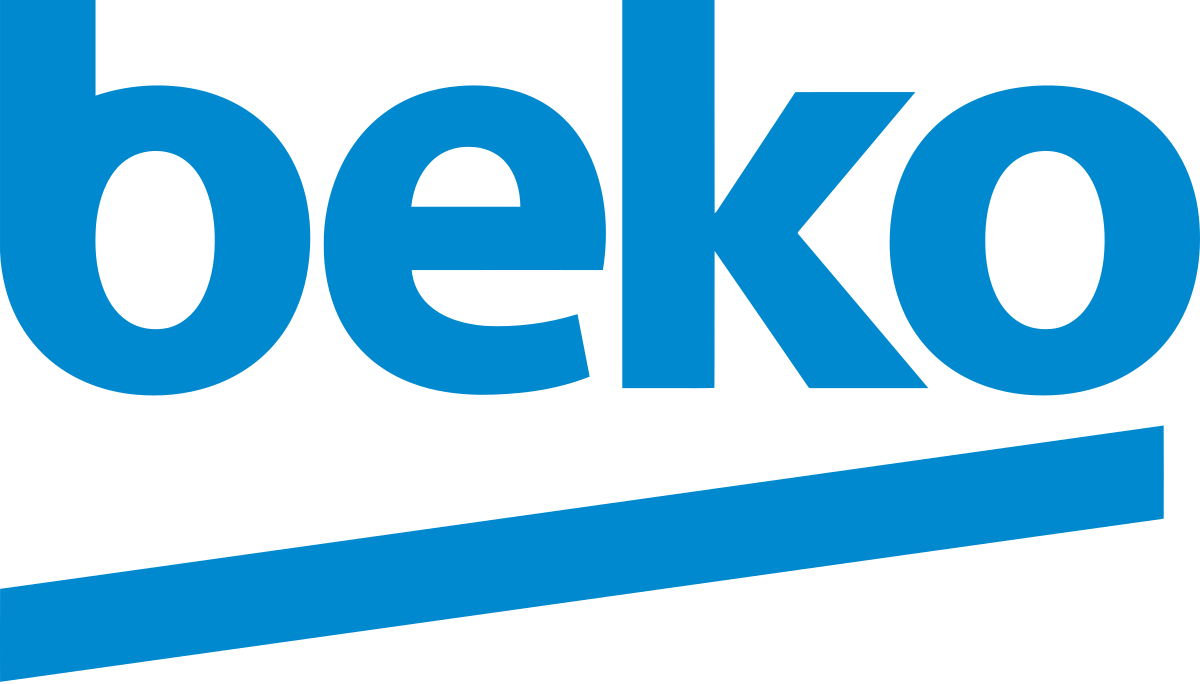
Electrical + Mechanical = One Team: How Co-Design Cuts Rework by Half
IIn the manufacturing world—especially in complex electromechanical assemblies, such as wiring harnesses for automotive, industrial, or consumer systems—misalignment between electrical and mechanical design teams is one of the biggest hidden costs. Mismatched connector locations, cable routing conflicts, heat exposure, and EMI vulnerabilities are not just design flaws—they’re expensive, time-consuming rework triggers.
At Celestix Industries, we’ve seen firsthand how integrated electrical and mechanical collaboration through co-design can reduce rework by over 50%, accelerate time-to-market, and drastically improve product reliability. By uniting expertise early in the product development lifecycle, co-design electrical and mechanical processes allow teams to preemptively resolve layout conflicts, validate manufacturability, and simplify testing workflows. It also enables smarter supply chain coordination, improved inventory management, and tighter alignment on compliance requirements such as IPC/WHMA-A-620, ISO 9001, and IATF 16949.
The Real Cost of Siloed Design
In traditional workflows, mechanical engineers design enclosures, chassis, and mounting points, while electrical teams build the schematics and harness layouts—in parallel, but not in sync. These teams often work in different software environments, report to various departments, and only converge late in the product cycle—typically at the prototype or pre-production stage.
This leads to:
Connector interference with moving parts or inaccessible placements
Routing paths clashing with mechanical features or heat zones
Incorrect cable lengths due to last-minute geometry changes
Overtightened bends that compromise wire integrity
Strain on terminals due to inadequate pull relief
Late-stage redesigns, missed deadlines, and higher costs
Each of these design gaps leads to cascading failures—whether it’s delayed testing, higher warranty costs, or unexpected downtime during installation. According to IPC standards like IPC/WHMA-A-620, over 70% of harness failures can be traced to mechanical strain or improper placement—issues that could be resolved during the design phase through cross-disciplinary engineering collaboration.
Beyond performance issues, siloed design can negatively impact traceability and documentation. When each team produces documentation in isolation, discrepancies emerge across BOMs, connector specifications, and revision levels. This creates misalignments during audits, increases the risk of non-compliance, and slows down product certification cycles.
Siloed design also impedes innovation. When mechanical and electrical systems are treated as separate disciplines, opportunities for weight reduction, space savings, and energy efficiency may go unrealized. True system-level optimization demands electrical mechanical integration and co-ownership from the outset.
Co-Design: The Engineer’s Best Tool for Efficiency
At Celestix, we integrate electrical mechanical teamwork from the beginning of every project. Our integrated design process ensures shared ownership of critical parameters such as routing channels, connector access, thermal isolation, and EMI protection. Here’s how this collaborative design process helps:
Benefits of Co-Design at a Glance
1. Synchronized CAD Environments
Using platforms like Siemens NX, EPLAN Harness proD, and HarnWare, we simulate cable routing inside 3D mechanical enclosures. This lets us:
Confirm bend radii, branch lengths, and clearances
Validate EMI shielding paths and thermal zones
Detect conflicts early between mounting points and cable paths
Optimize placement of bulkhead connectors for accessibility and serviceability
2. Real-Time Design Iteration
Rather than working in silos, our cross-functional design teams engage in continuous dialogue. Mechanical changes are reflected instantly across platforms, enabling real-time updates to harness routing and configuration. This co-design for reliability model not only speeds up design cycles but also reduces version control errors and manufacturing defects.
3. Modular Harness Design
Modular thinking in wiring harness co-design allows for pre-validated sub-assemblies to be reused across vehicle platforms or industrial systems. These modules support lean manufacturing and simplify serviceability in the field, driving down TCO and warranty claims.
4. Improved Thermal and EMI Management
By co-developing electrical and mechanical systems, engineers can better control environmental stressors. Shielded routing paths, proper ground loops, and heat-resistant insulation materials are baked into designs from day one. This co-design quality improvement leads to more stable system behavior under extreme conditions.
5. Enhanced Customer Responsiveness
When mechanical and electrical teams collaborate from day one, it's easier to tailor solutions for unique customer specifications—whether it’s a one-off industrial panel or a high-volume EV platform. This improves:
Customization turnaround time
Customer satisfaction scores
Competitive differentiation
6. Faster Time-to-Market
With fewer design iterations and reduced prototype failures, projects reach validation faster. This not only accelerates internal milestones but gives customers a shorter path to launch—a competitive advantage in fast-moving markets.
7. Quality-First Engineering Culture
Co-design reinforces a culture of shared ownership. When all teams are aligned early, quality benchmarks are met more consistently—from design feasibility to final assembly validation. This alignment helps meet global compliance standards more efficiently, including ISO 45001, ISO 14001, RoHS, and REACH.
12 Best Practices for Co-Design Implementation
Shared Design Platforms – Invest in unified tools for electrical and mechanical co-design to ensure real-time visibility and traceability.
Weekly Design Reviews – Keep communication open through agile reviews where mechanical and electrical leads co-evaluate assembly drawings.
Error-Proofing Workflows – Implement co-design error prevention protocols such as color-coded connectors, keyed terminals, and service-friendly layout planning.
Cross-Disciplinary Training – Promote engineering teamwork benefits by training designers on connector ratings, environmental sealing, and crimp profile analysis.
FMEA and Simulation – Run digital simulations and Failure Mode & Effects Analysis across both domains to catch design gaps.
Design for Serviceability – Ensure connectors are accessible, labeled, and strain-relieved for easier troubleshooting.
Testing and Compliance – Jointly define test parameters for insulation resistance, pull force, and vibration endurance using integrated engineering solutions.
Documentation and Traceability – Keep interface control documents up to date with version control and maintain a single source of truth for BOMs.
Collaboration Tools – Use cloud-based engineering collaboration tools to share harness layouts, routing constraints, and service manuals seamlessly.
Supplier Engagement – Involve vendors of terminals, insulation materials, and over-molding components early in the design process to align costs and lead times.
Integrated Prototyping – Build and test wiring harness prototypes within the same facility or ecosystem to close feedback loops quickly.
Continuous Improvement – Monitor key metrics (e.g., defect rate, lead time, rework hours) to identify where the co-design manufacturing efficiency can be further improved.
Let’s Cut Rework—Together
At Celestix Industries, we specialize in delivering electrical mechanical co-design solutions that help OEMs and Tier-1s reduce rework, improve quality, and accelerate innovation. Whether you're developing wiring harnesses for automotive, aerospace design collaboration, or looking to implement an integrated design process for your next product line, our cross-disciplinary engineering teams are ready to help.
Key Benefits:
Reduce engineering errors
Streamline manufacturing workflows
Achieve compliance and reliability faster
Ready to see how co-design can transform your product development?
Request a Quote or
Email us at info@celestixindustries.com
Let’s build something smarter—together.








